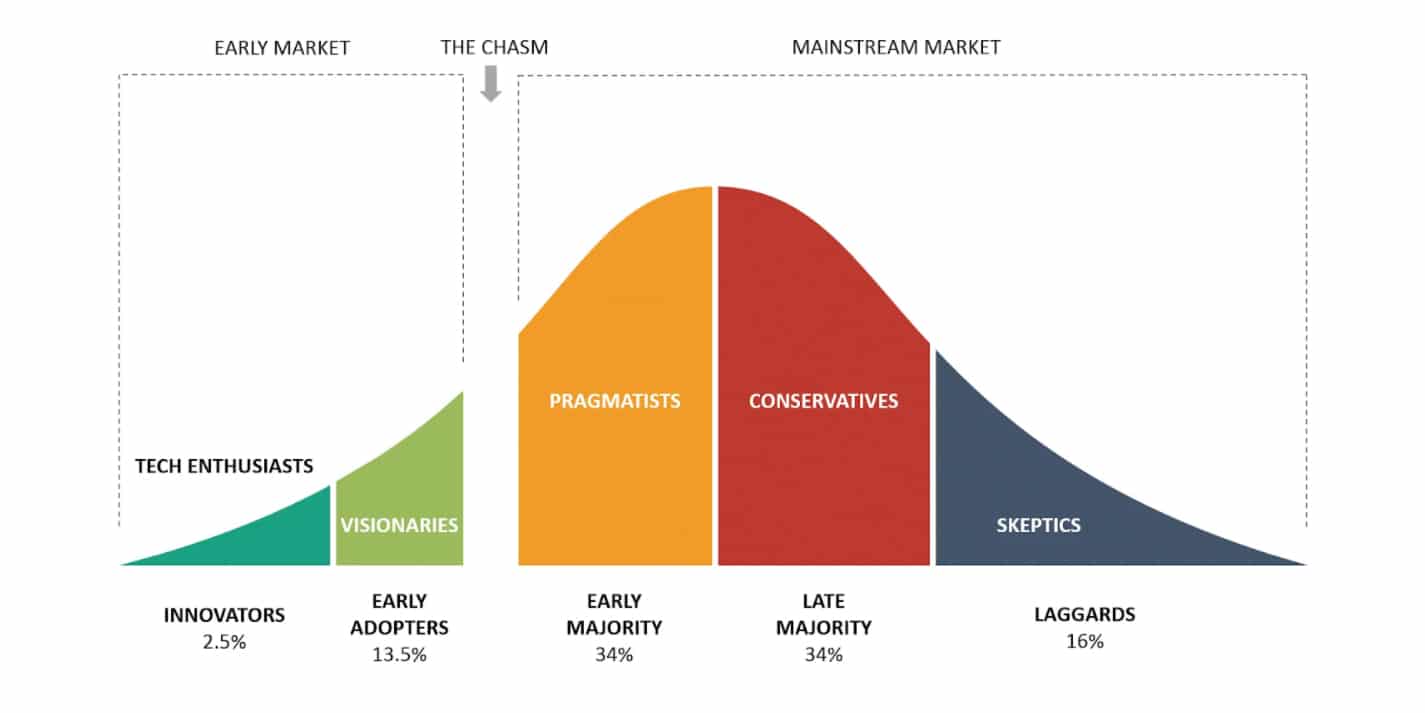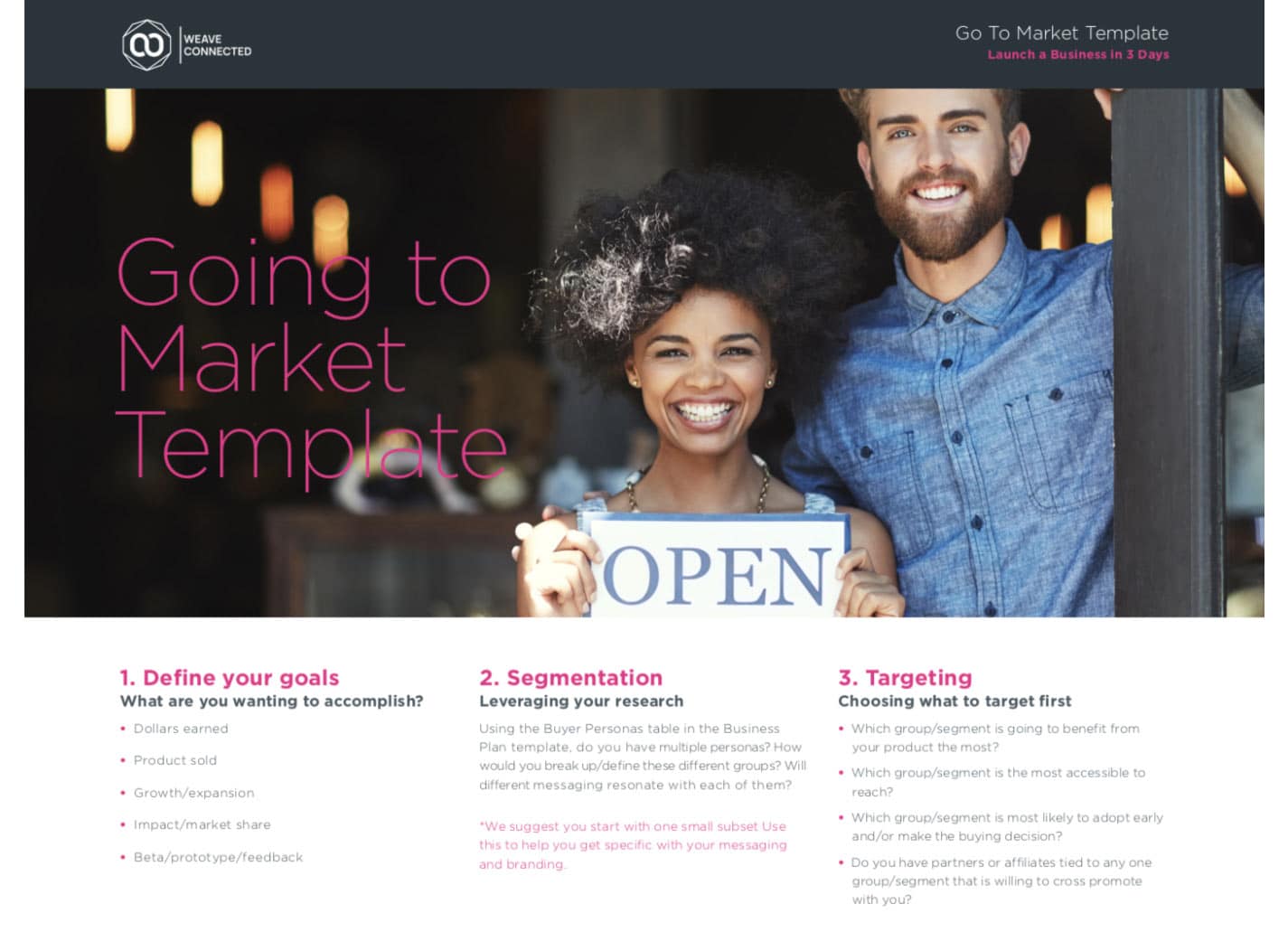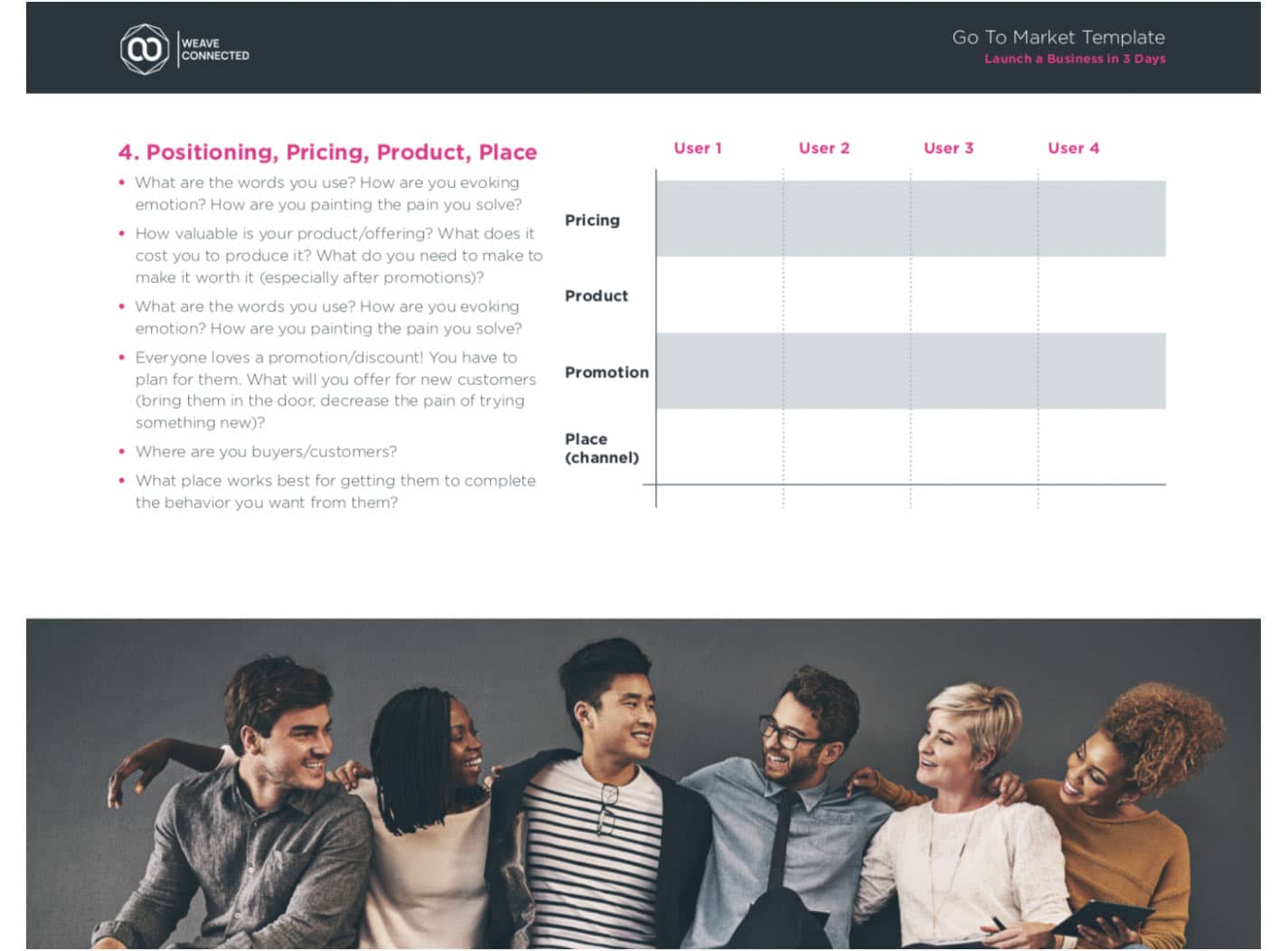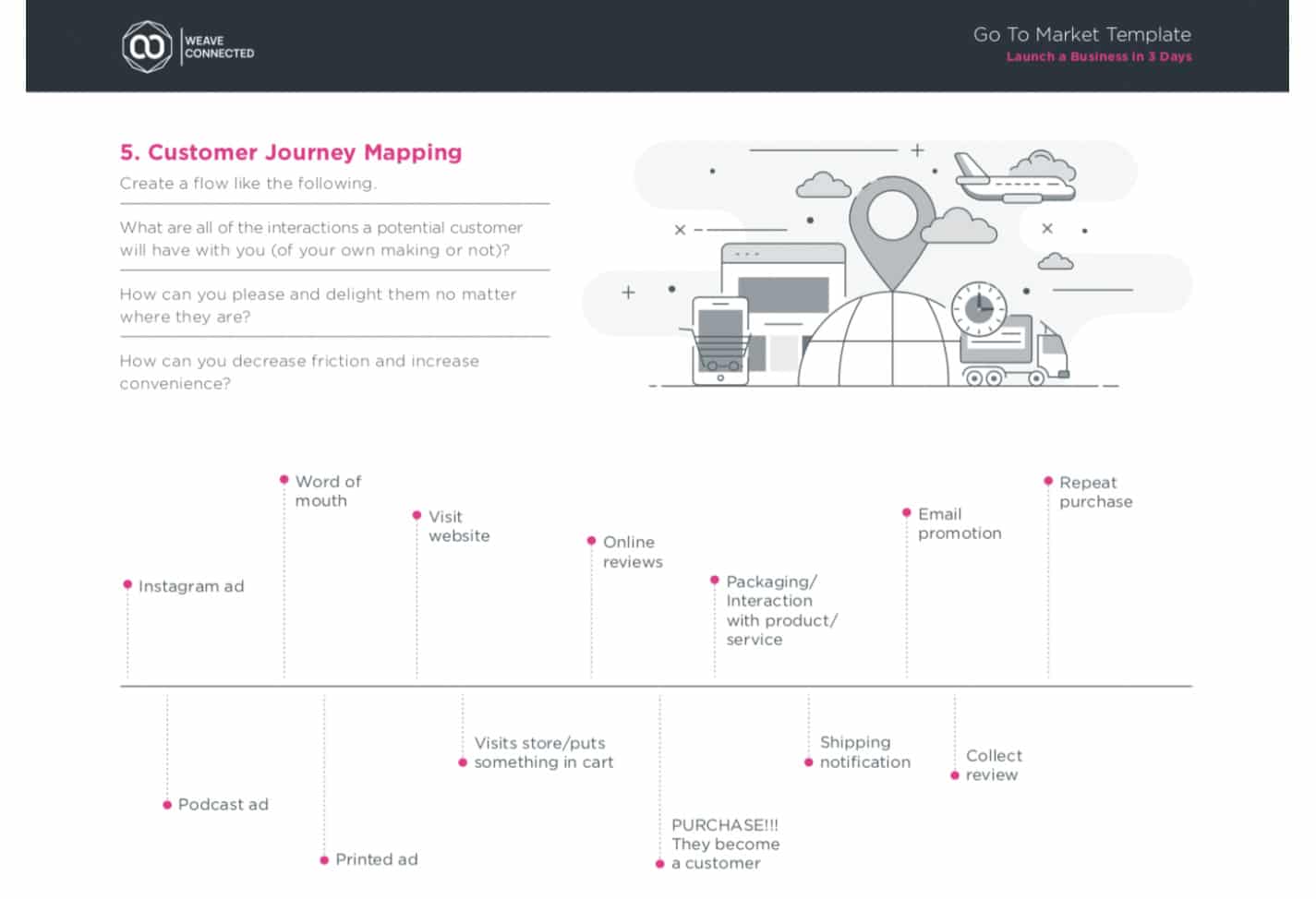
Ep.25: Crafting a Go To Market Strategy I Launch A Business – Part ⓶
Crafting a Go-to-Market Strategy
In your first step, you set some goals. Keep those handy, because you want to stay extremely focused and targeted as you move forward with your go-to-market strategy. Particularly, for both the short term (6 months) and the long term (1-3 years), you need to hone in on specifics for your sales, both quantity and revenue. Without these numbers, beginning your marketing strategy could be very fruitless. You need to know what you’re fishing for before you can be successful when you go fishing.
The best way to begin is by using our first acronym: STP
Segmentation
Targeting
Positioning
When you laid the foundation in your business plan, you identified and described at least one buyer persona (be careful not to go beyond 2– though it may be tempting and exciting– focus on nailing before scaling). By understanding that buyer, you can build out even more specific so that you can build corresponding segmentation to ensure you get in front of the right people.
Seth Godin, marketing extraordinaire and author of many books, has said we’re no longer at a point where we can throw spaghetti at the wall and see what fits. In our market today, there are so many solutions for every problem now that we can’t count on people finding us, liking us, and choosing us. We have to find them.
With your segmentation built, you can begin to target your ideal buyer with specific messaging (positioning) that will resonate most with them. It’s better to be specific and appeal to this group than to try to be appealing to many.
If you’ve read Malcolm Gladwell’s The Tipping Point, you’ll be familiar with the following graph.

Your specific segmentation, targeting, and positioning will help you get through to those innovators and early adopters, who will then be your biggest assets when selling to those at the center of the graph.
THEN how do you position it for them so that it resonates with them. This is tricky. Writing to appeal to emotion is not an easy thing. Then add a word constraint, and we’re really pushing ourselves. But it’s mental gymnastics like this early on that your future self will thank you for. Because, if you need to rely on getting in with the innovators and early adopters AND on having them sell your product to the early majority, you need to have a sound, simple, and brief value proposition that resonates with individuals’ emotional and social needs. Check out this list¹ for some ideas when crafting your emotionally heavy messaging.
Now that you have STP established, you’re going to want to consider your constraints.There are 3 constraints everyone has:
Resourcing constraints
Budget constraints
Time constraints
Which one can you not budge on? Then make the other two work according to that priority. Do you have to have a particular item or individual that your business simply couldn’t work without? Do you have only so much money? Are you strapped on time because of external deadlines, the desire to be first, etc.?
Keep in mind, constraints can be extremely freeing. Research shows that constraints actually bread creativity. It’s when we get scrappy and innovative. So don’t worry if you have a big constraint. It could end up being one of your biggest blessings.
Now that you’ve established who you’re targeting and how you’re targeting them, you can start to think of a plethora of Ps. In our podcast episode, we covered 4, but there are a few others that people like to add to the list.
Pricing
Product
Promotion
Place (channel)
People
Packaging
Purple Cow (a Seth Godin-ism)
Process
The name of the game here is “don’t let yourself get overwhelmed.” Whether it be by all of the buyer personas you want to target or all of the Ps you need to consider, don’t. get. overwhelmed. Because how do you eat a whale? One bit at a time. But the biggest piece of advice we can give at this juncture?
MAKE SURE YOU FEEL EMBARRASSED
It’s ok. Develop a prototype of your product, service, or even your business model. You will evolve. And your idea won’t get stolen. And, not to be harsh, but your idea most likely won’t be unique. But by moving and getting feedback, you can perfect your offering and be better than what currently exists.
But you have to build a customer list. You have to get started, get out there. You have to make sure to be authentic. Being specific with your messaging and offering is to your advantage. Though it may feel like you’re closing the door to money on the table. When you’re targeted and specific, you resonate better and have a higher likelihood of converting individuals into buying customers.
CUSTOMER JOURNEY MAPPING
Your future self will really thank you for this. When we live in a day and age where experience is king and businesses are being compared across industry, you have to make sure to set yourself up for success when it comes to delivering a phenomenal customer experience. This activity is as simple as creating a horizontal line with 7-10 touch points on it. Where does a customer begin? Does that entry point require any interaction with you personally? If not, how can you ensure it’s still a positive interaction/impression? Then what? Reviews. Referrals. Purchase. Repeat service. You want to track all possible touch points so you know how best to grow your business while maintaining a great experience all along the way.
SAMPLE TEMPLATE



ADDITIONAL RECOMMENDED TOOLS & RESOURCES
Weave tools:
- Email Marketing
- Reviews
- Two-Way-Text
Check out Weave Lite, free for 3 months.
- The Product Manager Interview¹
- Google “[Fill in the blank] Template” for EVERYTHING! If you’re unsure of how to do it, someone somewhere has built it. Check a few to see what’s common and what’s unique.